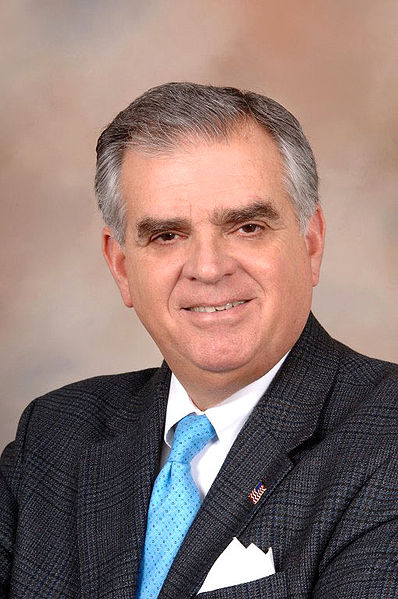As you may have heard by now, President Obama is following up his favorable mention of high speed rail in last night’s State of the Union address with a Tampa event to announce the winners of federal grants for high speed rail service. (In case you missed our official statement about the announcement, read that here.)
The President is due to make his announcement this afternoon, but the list of awardees has already been released. So who were the big winners? Certainly Florida and California, who got the biggest grants, netting $1.25 and $2.3 billion respectively. Although the lion’s share of funding is going toward a handful of corridors, 31 states will receive some portion of funding or benefit from new or improved rail service, according to reporting on the proposal. A few notable bloggers have already done superb analysis of the recipients of the $8 billion, starting with Yonah Freemark’s excellent corridor by corridor breakdown on the Transport Politic:
After months of speculation about which states will get funding from the Federal Railroad Administration to begin construction on new high-speed corridors, the news is in. As has been expected, California, Florida, and Illinois are the big winners, with more than one billion in spending proposed for each. But other states with less visible projects, including Wisconsin, North Carolina, and Washington will also get huge grants and begin offering relatively fast trains on their respective corridors within five years. The distribution of dollars is well thought-out and reasonable: it provides money to regions across the nation and prioritizes states that have made a commitment of their own to a fast train program.
Elana Schor at Streetsblog DC included a quote from Chairman Oberstar, who was certainly delighted at the first small step toward a true nationwide high speed rail network.
House infrastructure committee chairman Jim Oberstar (D-MN) hailed today’s first rail grants as “a transformational moment,” adding: “The development of high-speed rail in the United States is an historic opportunity to create jobs, develop a new domestic manufacturing base, and provide an environmentally-friendly and competitive transportation alternative to the traveling public.”
Information about all the corridors can be found in the White House briefing room online. We hope to post additional reaction and analysis later today or tomorrow.


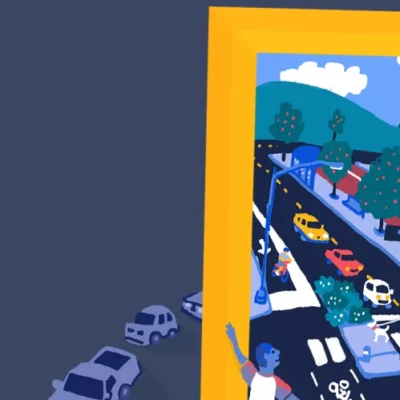
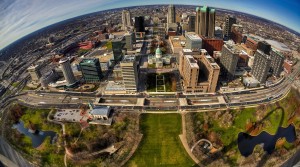
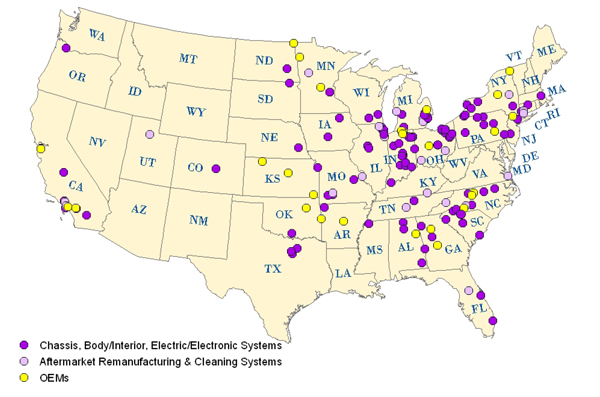

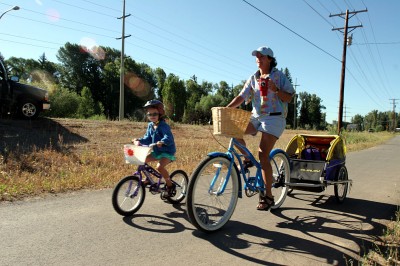


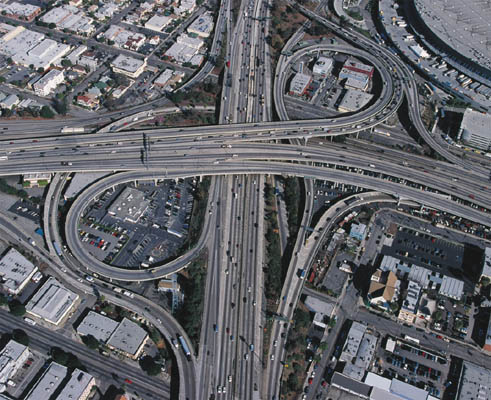 Critics of public transportation often cling to the canard that government should not subsidize a transportation option that cannot pay for itself. These naysayers reference “self-sustaining” roads and highways, which receive funding from user-fees – in this case, the federal gas tax.
Critics of public transportation often cling to the canard that government should not subsidize a transportation option that cannot pay for itself. These naysayers reference “self-sustaining” roads and highways, which receive funding from user-fees – in this case, the federal gas tax.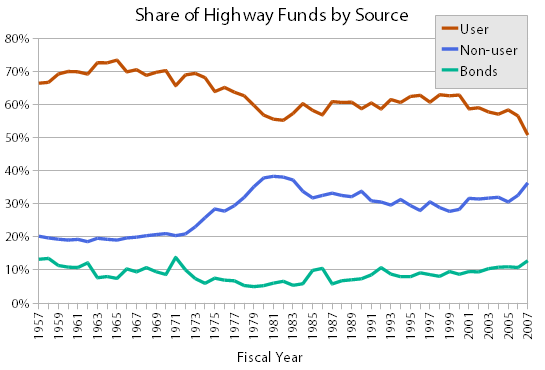

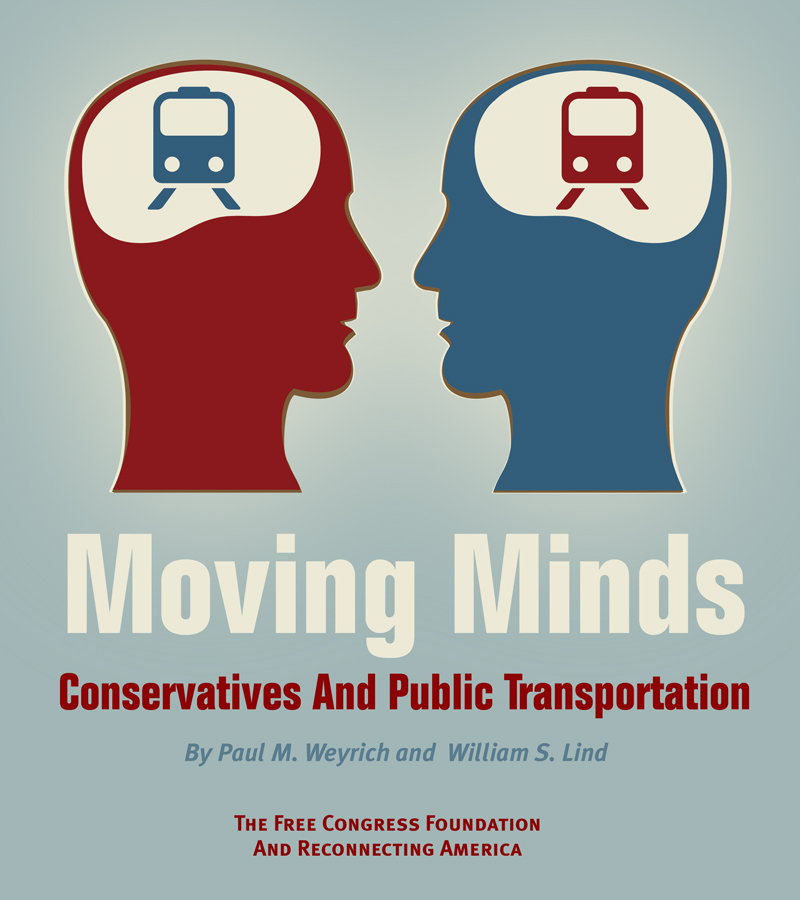
 This week’s issue of TIME Magazine topped off three weeks of nationwide coverage of Transportation for America’s Dangerous by Design report ranking communities according to the risk for pedestrians.
This week’s issue of TIME Magazine topped off three weeks of nationwide coverage of Transportation for America’s Dangerous by Design report ranking communities according to the risk for pedestrians.


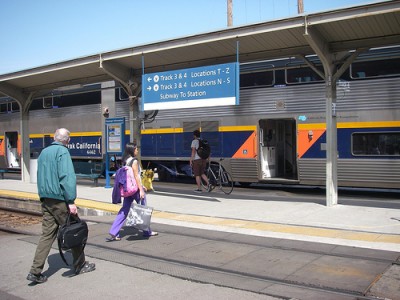 How could a new transportation bill revitalize rural and small-town America? That was the focus of a Senate Democratic Steering Committee briefing on “Issues and Innovations for Small Towns and Rural Communities” in the Capitol Visitors Center last Friday.
How could a new transportation bill revitalize rural and small-town America? That was the focus of a Senate Democratic Steering Committee briefing on “Issues and Innovations for Small Towns and Rural Communities” in the Capitol Visitors Center last Friday.
